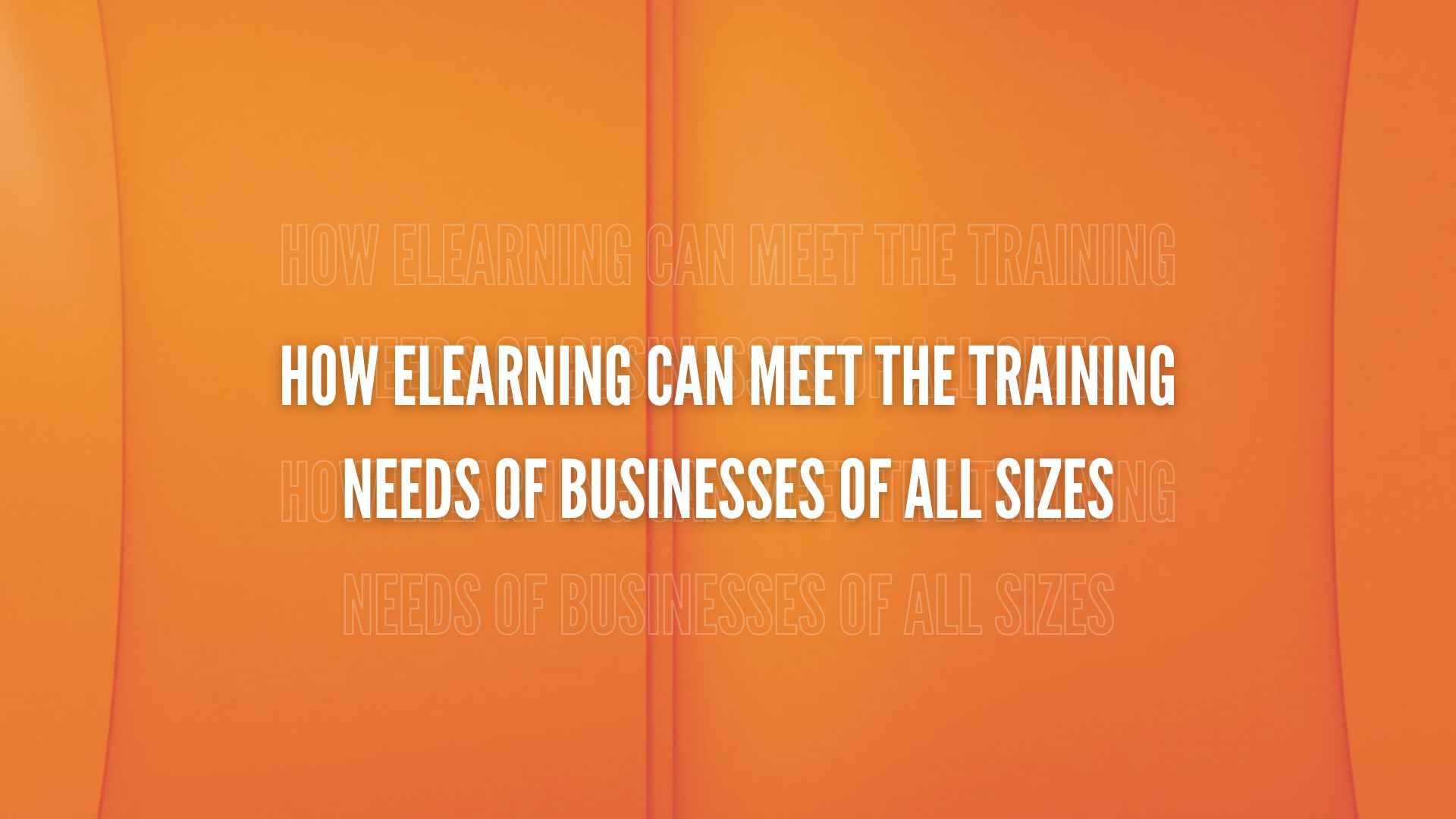Corporate training managers know it’s important to determine which types of LMS content are most effective for employee learning.
Because recent technological advances have provided trainers with a diverse selection of LMS content, delivery types now include not only written, but also video and audio formats. Content has become more engaging with features like microlearning, quizzes, gamification, social learning, and more.
Incorporating the most appropriate types of delivery and features into courses developed through an LMS can help improve learning, retention, engagement, and employee satisfaction. Optimizing training and development programs as well as aligning content presentation with learner type will positively impact your employee training ROI..jpeg?width=600&name=library-la-trobe-study-students-159775%20(1).jpeg)
7 Learner Types and the Content Each Prefers
Researchers have identified seven different types of learning:
-
Visual learner - Prefers the use of charts, diagrams, graphs, and color.
-
Verbal learner - Prefers hearing and repeating information aloud; takes notes
-
Aural learner - Prefers having sound and music incorporated
-
Physical learner - Prefers building, touching, and doing
-
Logical learner - Prefers Q&A’s and interactive activities
-
Social learner - Prefers learning in groups, brainstorming
-
Solitary learner - Prefers individual tasks and opportunities for introspection
Your employee population likely contains all these types of learners. It's important to note that a single learner may also fall into more than one category. For instance, a person who prefers group learning (social) may also have a preference for lectures and note-taking (verbal). The most effective training course for this individual would incorporate aspects of both.
Identifying and then addressing the unique learning styles of your organization’s employees can increase information retention and employee engagement in a diverse population. Using a variety of delivery methods and content features is the best way to appeal to a broad audience of different learner types.
That being said, savvy training managers know certain types of content are more likely to maximize training efficiency. So, it's important to define the training goals for your organization's particular use case.
Best LMS Content Types by Goal
Depending on what key performance indicators (KPIs) are being used to determine training effectiveness, you may want to use different types of content. Three common KPIs and the content that will help you improve them include:
-
Completion Rate: If your primary focus is ensuring that employees complete the training, consider incorporating interactive elements such as quizzes after each segment or course. Training courses that incorporate quizzes have a higher completion rate (74%) than those that do not (62%).
-
Engagement: Creating and sustaining employee engagement in a training course can translate to greater retention and more effective application of new skills and knowledge. Some factors found to improve employee engagement include:
-
Microlearning, where content is broken up into several short lessons.
-
Gamification, which creates real-life reward systems for course completion.
-
Social learning, like discussion boards, where employees can review training with peers.
-
Performance: Training intended to improve employee job performance teaches new skills and knowledge that will be directly applied to the employee’s day-to-day duties. Using physical materials with practice activities that mimic everyday situations can help employees transfer learning to function. Celebrating achievements with rewards and acknowledging when employees apply their training can encourage skills application as well.
Create LMS Content that Appeals to a Broad Range of Employees
A large staff base with many different types of learners can make it difficult to identify the best content and efficient means to teach that content. Awareness and adoption of the three content types above can help, but know also that some types of content appeal to all learner types.
One study found that four times as many consumers would rather watch a video than read a prospectus of a product. A whopping 74% of students prefer to use mobile devices to access courses instead of in-person or desktop training.
“A company that offers training can help to increase employee retention by 25%-60%.”
What this comes down to is that by offering training through an LMS platform you can improve your company’s bottom line by reducing turnover. By incorporating videos, mobile learning, and specific LMS content designed to help meet your team and company goals, you can cut expense, widen profit margins, and both improve and satisfy your workforce.
Above all, recognize the types of learners on your staff, then create content that fits their needs. Then, you will realize the greatest return on your training and development investment.
References:
- https://www.learning-styles-online.com/overview/
- https://www.elucidat.com/blog/elearning-content-type-engagement/
- https://animoto.com/blog/business/video-marketing-cheat-sheet-infographic/
- https://brayleinolearning.co.uk/blog/2015/april/16/did-you-know-uk-elearning-statistics/
- https://www.shiftelearning.com/blog/bid/301248/15-facts-and-stats-that-reveal-the-power-of-elearning





